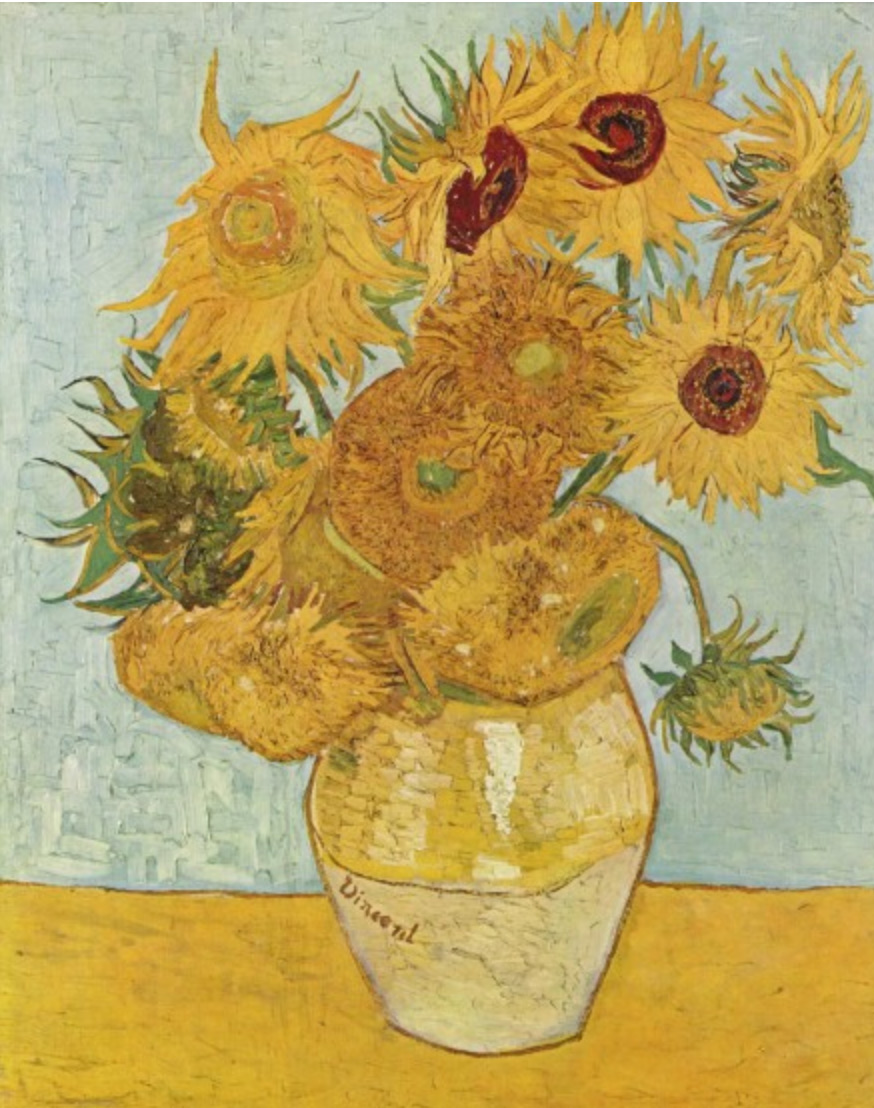Defining Terroir Through Art

Terroir is defined as the influence of soil and climate on the flavors in a wine. It is what gives some wines that sense of place, or, as Randall Grahm would say, ‘its soul.’ But, there are some non-believers who question the very existence of terroir. These nonbelievers observe that any two winemakers will produce different wines, even if both use fruit from the same vineyard. In their example, however, nonbelievers miss the distinction between terroir, what the land gives to the wine, and the winemaking, what the winemaker gives to the wine.
In teaching my introductory course in winemaking at the local college, I introduce my students to the concept of terroir in terms of an artist’s interpretation of a landscape. In class, I imagine how three artists (for example, Constable, Monet, and Van Gogh) might interpret a still life of sunflowers. I ask my students to envision the still life as the terroir, and the artists as winemakers.
In my example, Constable creates a Romantic interpretation of the still life, expressing the wilder side of its nature, and introduces elements of death and decay. Monet, consistent with his impressionist style, places greater emphasis on the sunflowers and their interplay with light and time. And, for post-impressionist Van Gogh, it is all about the sunflowers and the colors. No one questions the existence of terroir in these images, even though each picture is quite different. We are only witnessing the styles and interpretations each artist brings to the table. Thus, differences in wines don’t challenge the existence of terroir. Instead, these differences celebrate the richness of variation, both in art and in wine, which provides that extra dimension from which masterpieces are born.


